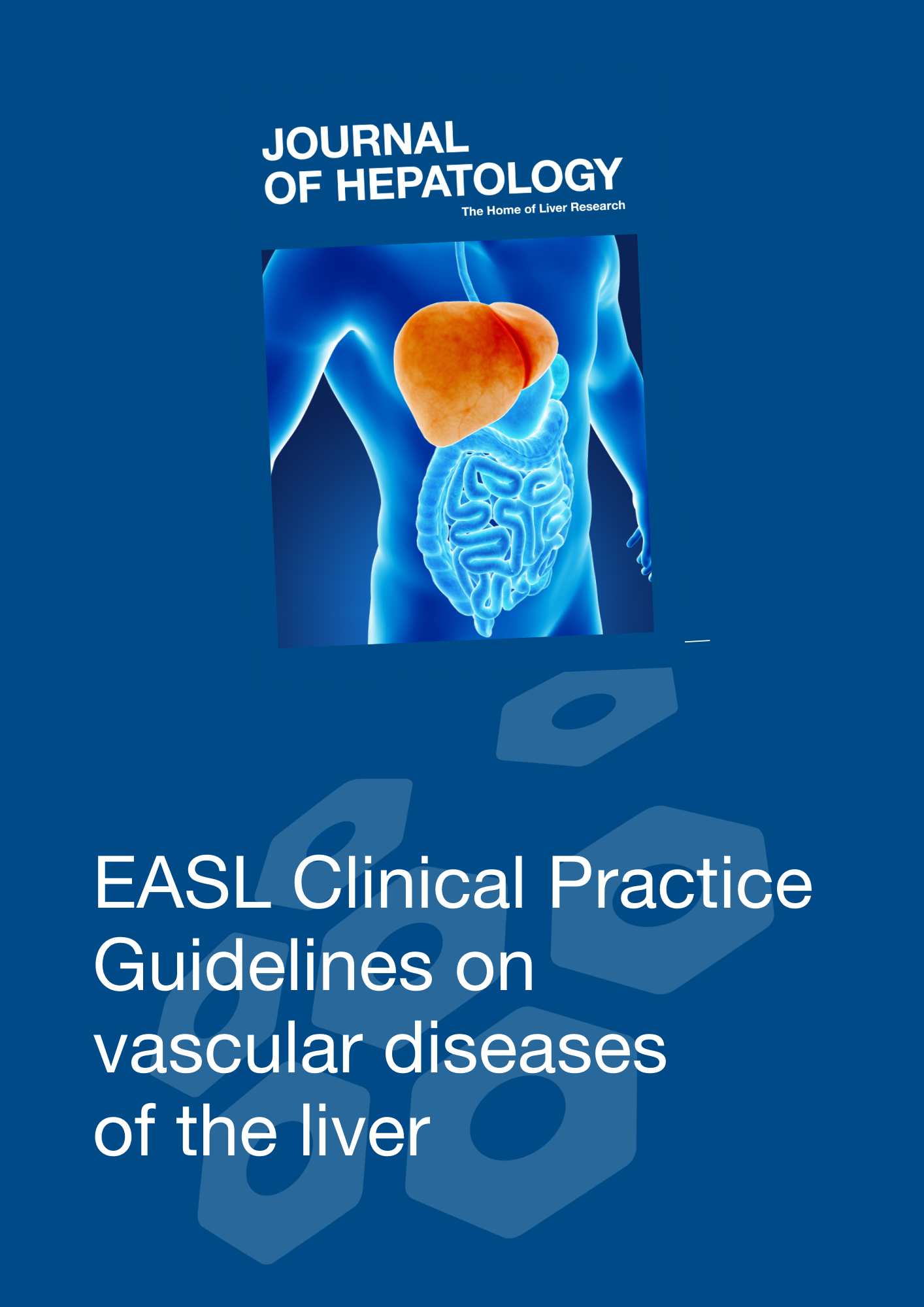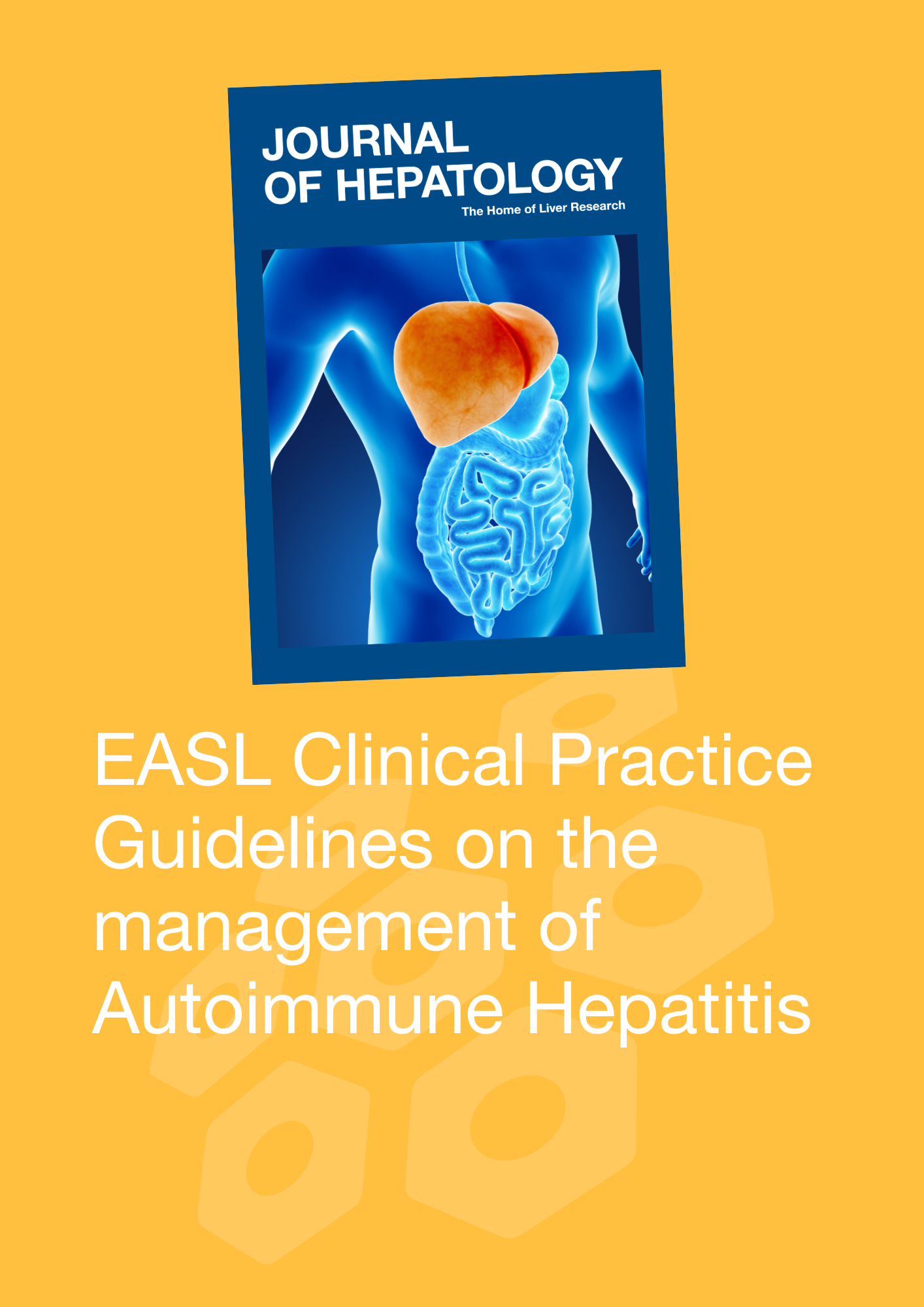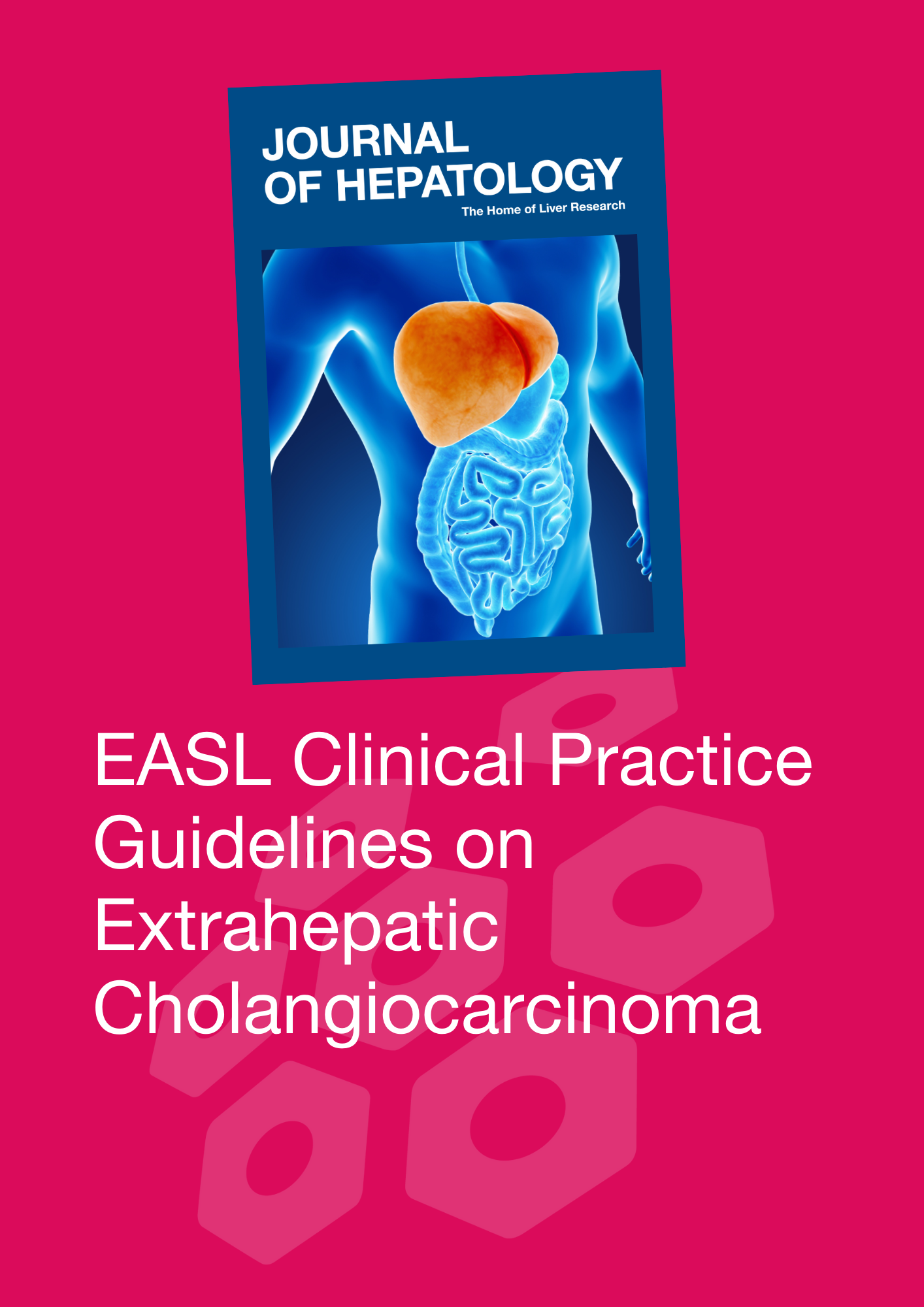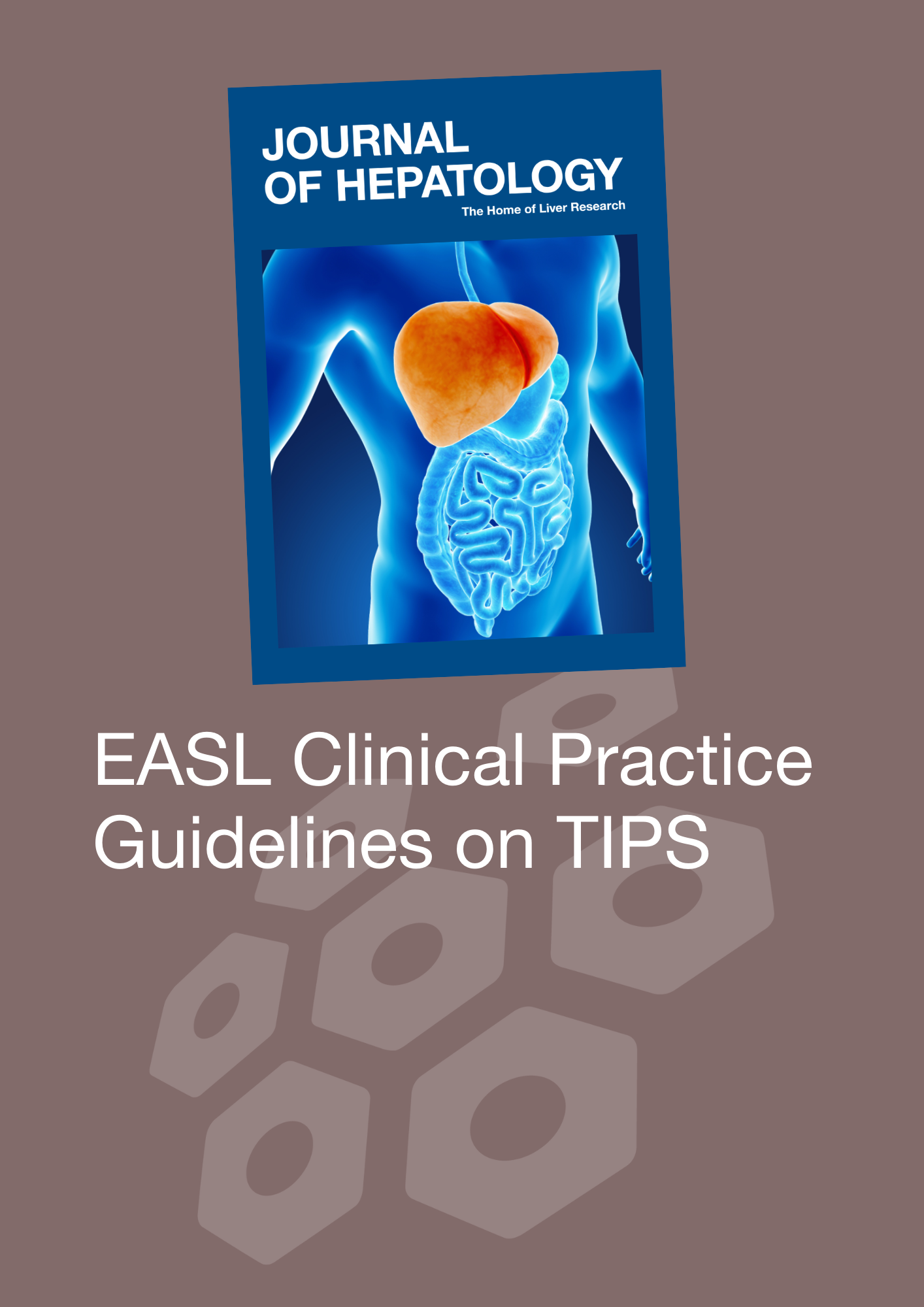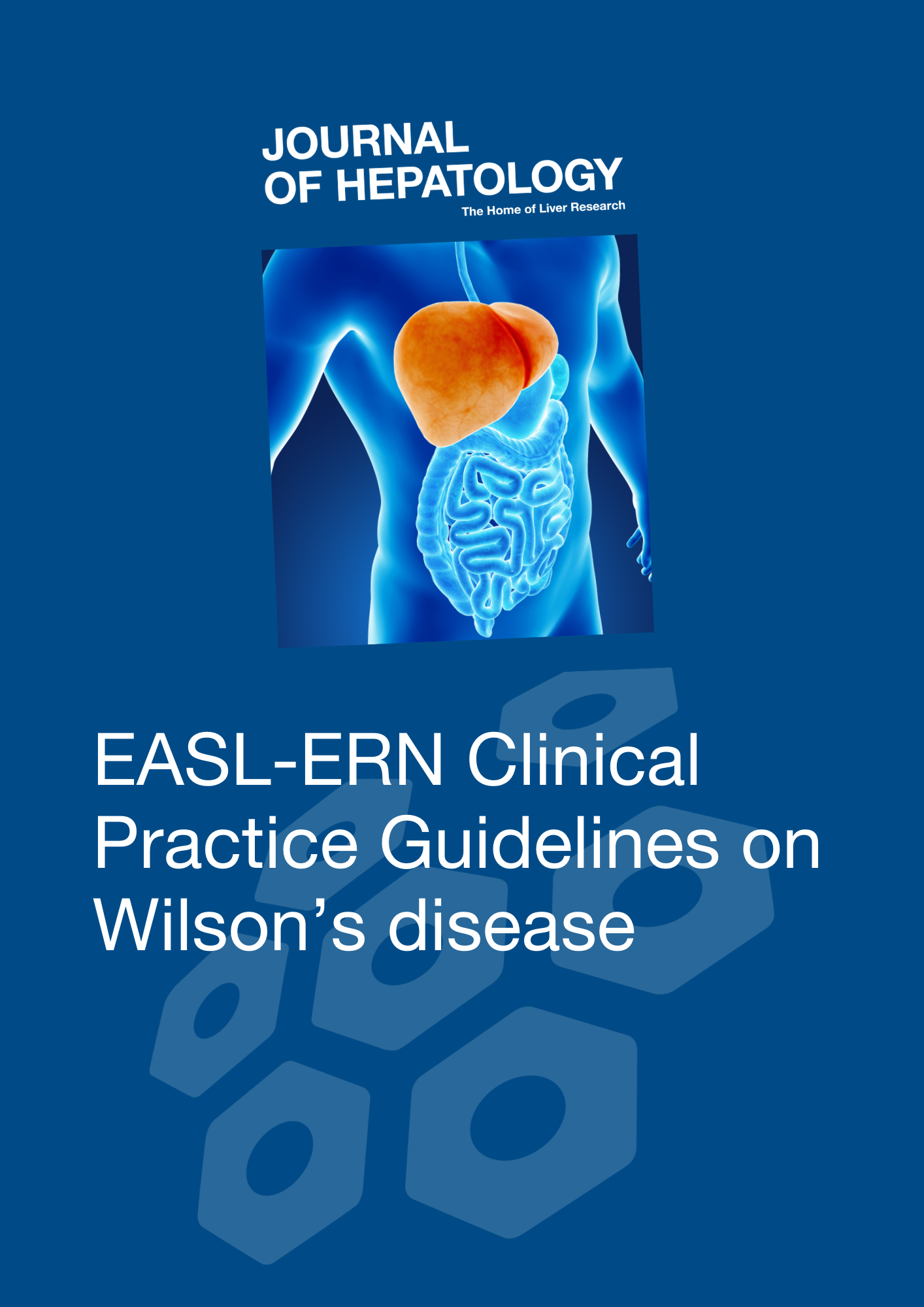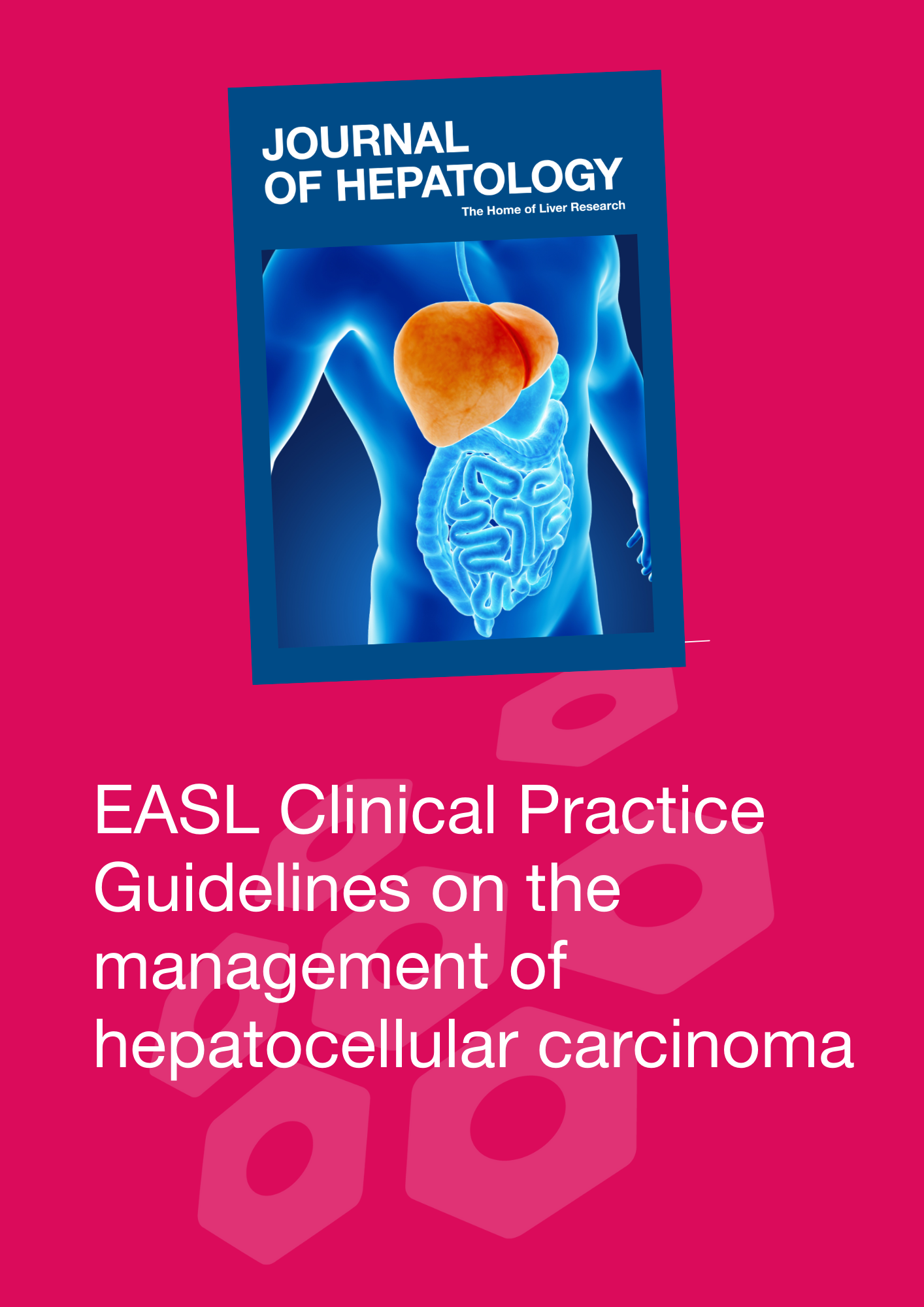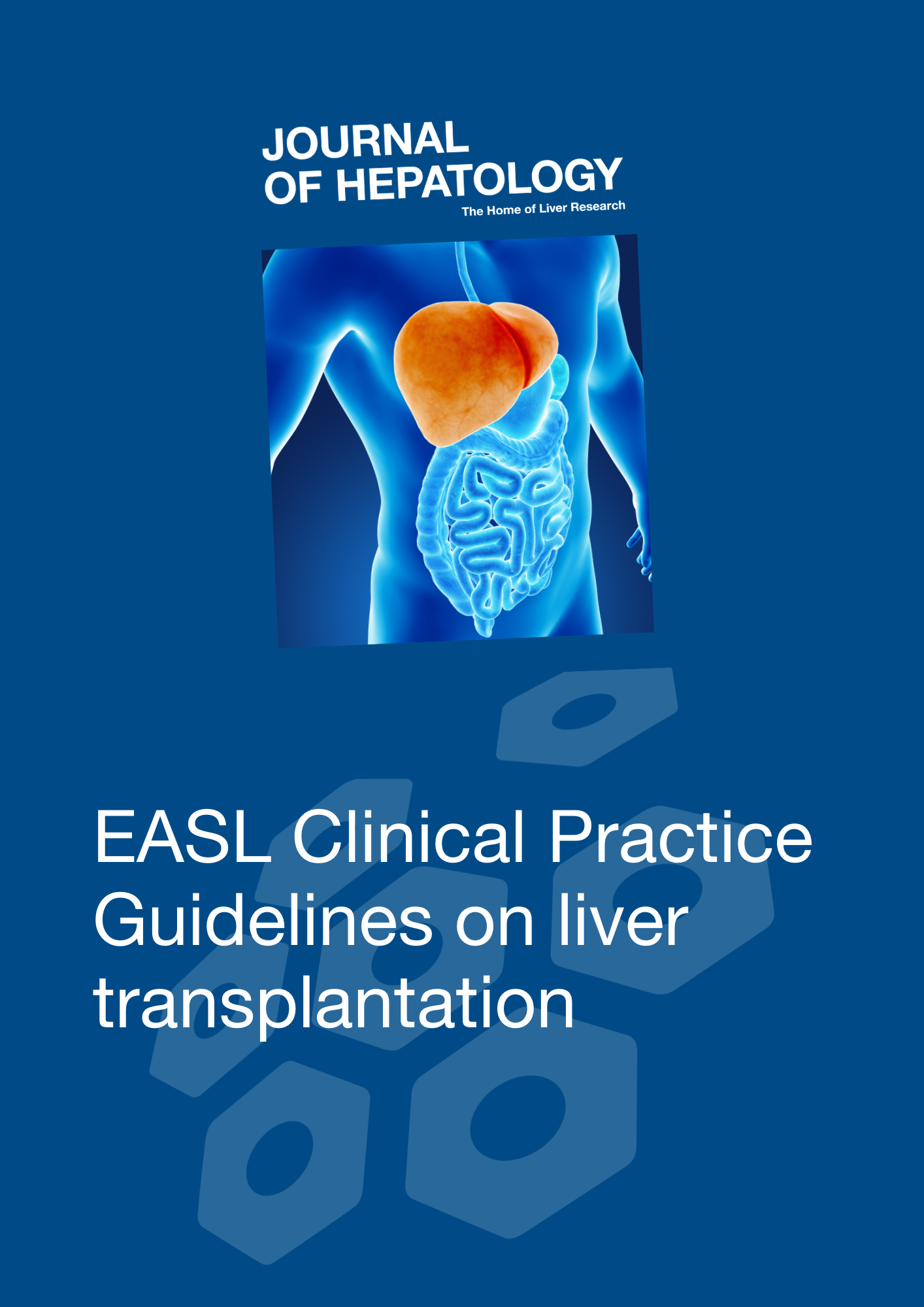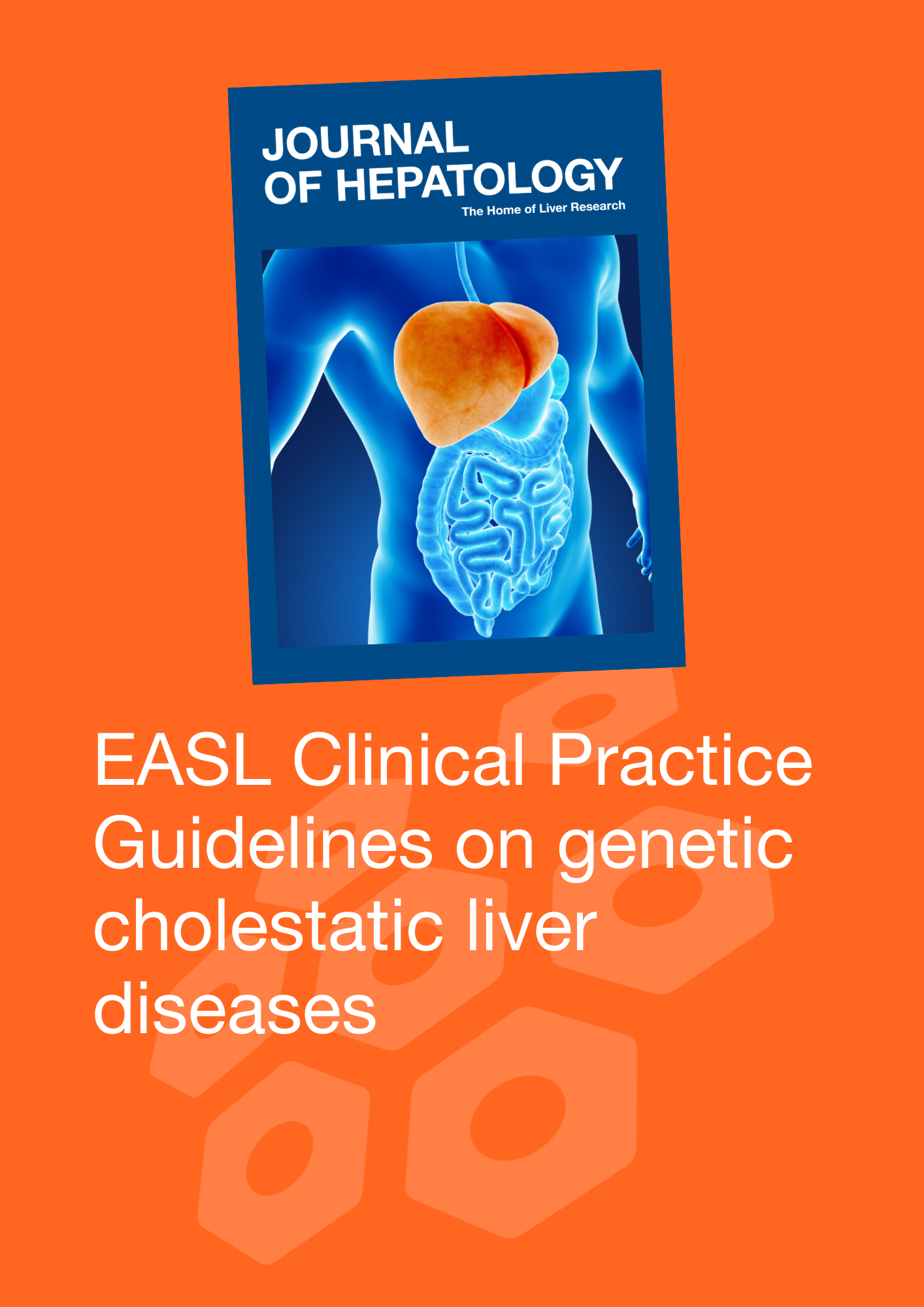EASL Clinical Practice Guidelines on vascular diseases of the liver
Vascular diseases of the liver include portal vein thrombosis (with or without cirrhosis), portosinusoidal vascular disorder, Budd-Chiari syndrome, sinusoidal obstruction syndrome, non-obstructive sinusoidal dilatation and peliosis, splanchnic artery aneurysms, and hepatic arteriovenous fistulas. Except for portal vein thrombosis in cirrhosis, these are all rare conditions. Since the last Clinical Practice Guidelines were issued by the European Association for the Study of the Liver in 2016, much data has been published on the diagnosis and management – medical and interventional – of patients with vascular liver diseases. Based on a thorough review of the relevant literature, recommendations are provided to address key clinical dilemmas. The document emphasises personalised care, considering individual risk factors and clinical presentation. Multidisciplinary management involving hepatologists, haematologists, pathologists, interventional radiologists and surgeons is essential in this area. Our aim is to provide guidance on the management of patients with vascular liver diseases based on the best available evidence.

